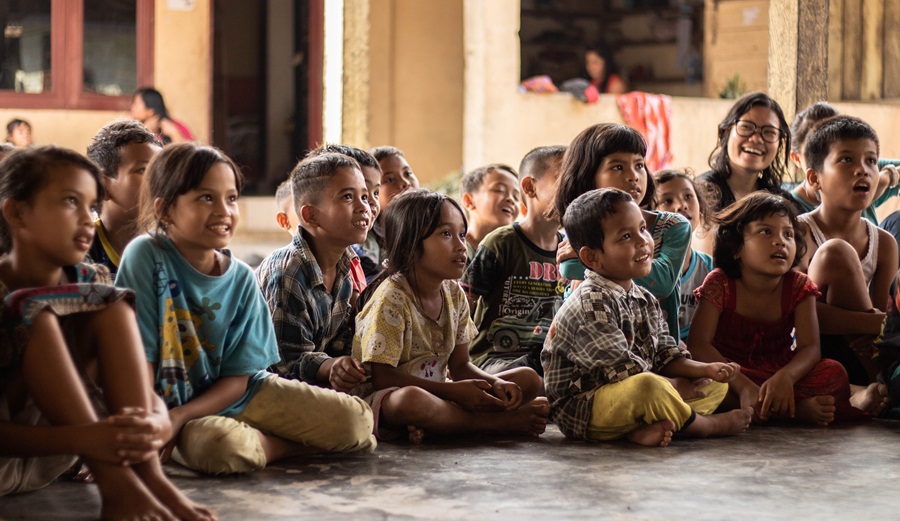Even when the government established many free amenities for impoverished children who could not afford to pay for schooling, some of them were left behind due to their guardians’ fear of earning.
Nikita S Byali
A child is a God-given gift that represents the future generation and the prospect of a nation. Children should be guided in the proper direction so that they can make their lives count for something inconceivable. Child labour is an issue, particularly in developing nations, that reduces literacy rates. It is the process by which parents or any responsible guardian forbid their children from attending school and instead, force them to work as labourers and earn daily wages. Even when the government established many free amenities for impoverished children who could not afford to pay tuition, some of them were left behind due to their guardians’ fear of earning. As per recent rules revised by the government of India, a child losing their educational period is deemed a crime.
Child labour can take several forms, including intimidating the youngster physically or mentally, forcing the child to work, and so on. Child labour is imposed by outsiders when a kid begins to think or is influenced to support the family, or when a youngster is emotionally blackmailed to give up schooling and stand as a backbone for their family. Child labour is forced for a number of reasons, including poverty, bare minimum earnings to support the family, illiteracy, unemployment, social unrest, health concerns, and so on. There is no sufficient knowledge reaching the impoverished sector, which leads to unemployment and forces entire families and children to work as labourers. Developing nations require background support, which includes knowledge, hard work, financial stability, and young minds, among other things. The government must analyse the solution as strict laws to be implemented in order to change people’s minds, protect children from hazards, and provide them with a better life.
A few acts that have been legally implemented are:
The Factories Act of 1948, which prohibits the employment of children under the age of 14 in any factory,
The Mines Act of 1952 prohibits the employment of any kid under the age of 18 in any mine.
The Child Labor Act of 1986 states that children under the age of 14 cannot be employed, and anyone who violates it faces imprisonment for a minimum of three months to one year, as well as a fine of Rs. 10,000, which can be increased to Rs. 20,000.
According to the Right of Children to Free and Compulsory Education Act of 2009, every child up to the age of 14 is entitled to free education, and disadvantaged families should receive 25% of reserved seats in private schools.
Child labour is an abuse of young minds and a hindrance to the nation’s economic development. We can observe some excellent results as a result of the steps taken over the last decades, since child labour rates are down. After the implementation and slow economic growth, many parents in poverty don’t want to send their children to labour work anymore. This shift is due to increased educational awareness, which encourages them to pursue educational opportunities that benefit society and their families.
When younger generations are employed, they are unable to attend school. During the continuing working period, a child is compelled to choose between education and labour, as post-standards and poverty line a youngster tends to pick labour to support their family.
Because of the intergenerational poverty persistence cycle, child labour is both a cause and a result of a lack of economic development. Economic growth will eliminate child labour, while child labour discourages economic development. Another way to break the intergenerational cycle of young people working, being illiterate, and living in poverty is to educate them.
∎